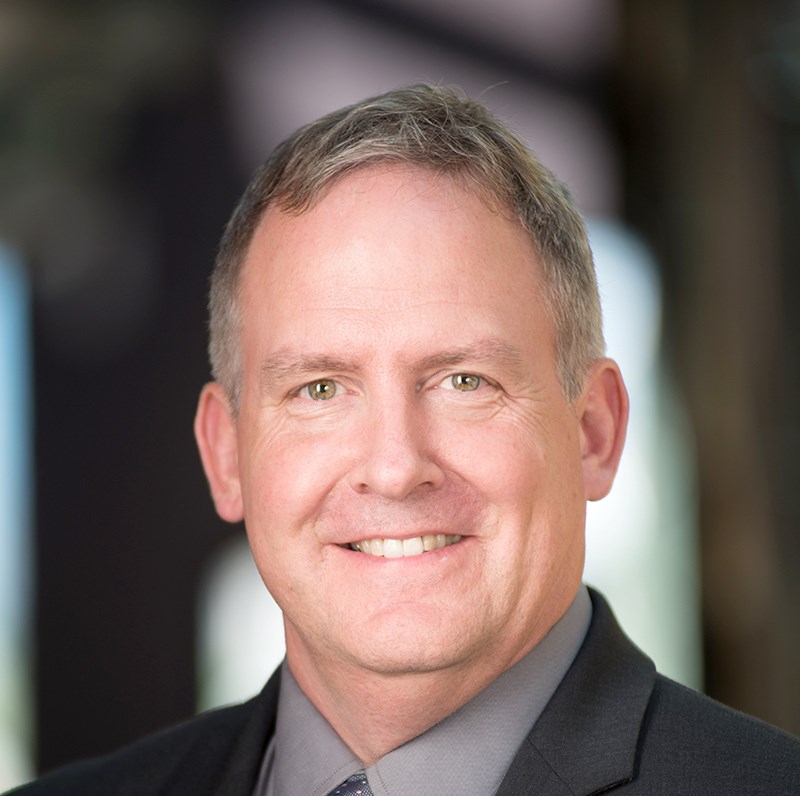As the school year was about to start, I read an article by Deani Van Pelt and Jason Clemens of the Fraser Institute.
They wrote that the real challenge in public education lies in the mismanagement of resources and lack of leadership, and not the funding levels provided by government.
I will not challenge the authors on their financial calculations and history of per-pupil funding. I believe that the people of B.C. are well aware of the sleight-of-hand trickery that the Fraser Institute often relies on to defend its agenda. But the particular issue I have is with the characterization that school administrators lack vision and leadership, and, in particular, are apologist in nature.
As president of the British Columbia Principals’ and Vice-Principals’ Association (BCPVPA), I have the honour of representing more than 2,300 principals and vice-principals who capably lead B.C.’s public schools. While I have been a school leader for more than 18 years, by profession and passion I identify myself as an educator.
Bearing that in mind, Ms. Van Pelt and Mr. Clemens, I am now going to begin the lesson.
Our learning intention for today is to better understand the historical context and the work that principals and vice-principals do every day to ensure that one of the leading public education systems in the world continues to remain so. Our lesson will follow the spirit of the newly implemented curriculum in that it will be personalized, competency-based, and cross-curricular.
I begin with an anecdote to help personalize the connection to our lesson. As a new teacher, I was hired for my first teaching job in the 1980s by my own high school principal. During that time, and for generations before, you were respected as a principal if you did three things: you were firm with challenging kids; you were firm with challenging parents; and you did not overly involve yourself in the teaching and learning that went on in schools. The job, I would contend, was largely managerial.
Fast forward several decades and the effectiveness of principals and vice-principals is based on an entirely different set of standards. They work diligently and patiently to ensure that all children’s needs are met. They alter schedules, provide adaptations, develop programs and access resources in the school and in the community to ensure that the highest levels of student learning are achieved.
Today, rather than minimizing the needs of families, schools have become very much like social services agencies in their support of students and their families. School leaders know that for students to reach their potential, they must work to support the entire family and ensure that the child’s home life is stable and secure. As such, they counsel parents, access community resources and keep their doors open. This work as a community hub is undertaken with few resources other than the dedication of principals, vice-principals, teachers, support staff and volunteers.
Today’s school leaders also know that their role is to be the lead learner within the school. Principals and vice-principals create the learning conditions for student success. They must be current in terms of educational research and leadership practices, and work closely with their teachers to create productive learning communities to ensure students are achieving at the highest possible levels.
Now for the concept attainment portion of our lesson: Principals and vice-principals are in no way apologists — but they have every reason to be. They lead learning, ensure schools are orderly and safe, understand the balance between management and leadership, and they do so with a high degree of vulnerability within their employment relationship and while leading within a highly unionized environment.
They move schools and the system forward. They work with community agencies and police services. They drive parents and students who have no method of transportation to meetings, ensure that health and safety regulations are followed, and stretch limited resources to ensure that we continue to have one of the best school systems in the world. They do so without excuses or apologies for a system or its lack of resources. Unlike almost any other professional, principals, vice-principals and teachers meet with parents without appointment on a regular basis.
As president of the BCPVPA, over the course of my two-year term, I will endeavour to visit all 60 school districts to hear the stories from my colleagues in the field and share the work of the BCPVPA to advocate for, represent and develop leadership in our members.
To that end, I invite Ms. Van Pelt and Mr. Clemens to join me on one of those trips to better understand the remarkable work that principals and vice-principals do to lead B.C.’s schools. After all, the learning in a lesson can always be complemented by a field trip. I have placed permission forms in your backpacks; please remember to have them signed and returned.
Kevin Reimer is president of the BC Principals’ & Vice-Principals’ Association.
bcpvpa.bc.ca
@BCPVPA



